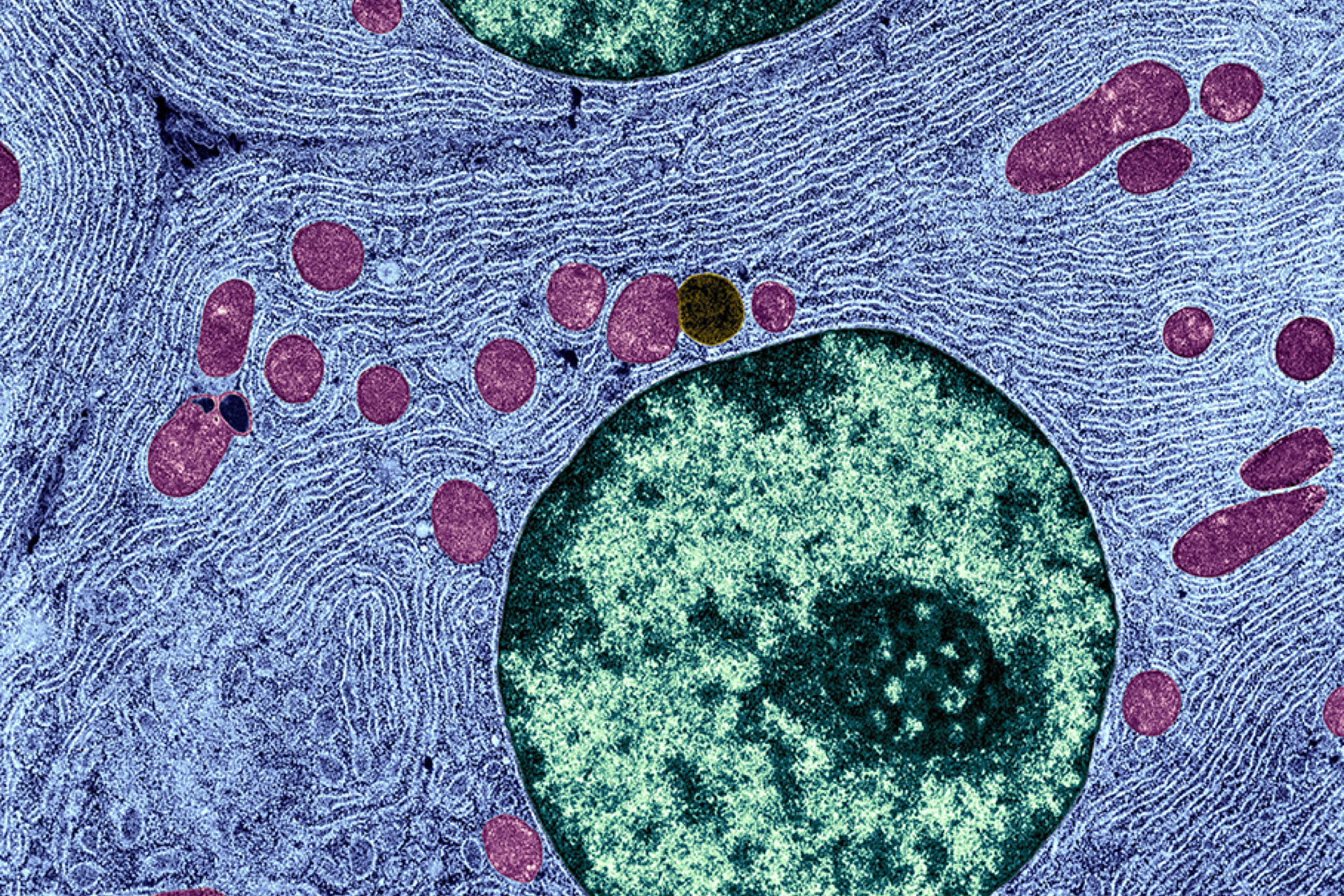Mitochondrial disease and mitochondrial donation have been in the headlines, following the news that at least one child with donated mitochondria has been born in the UK (see BioNews 1189).
Both the science and the regulation of mitochondrial donation can be complex, and this has led to some confusion. PET has created a 'Mythbusting Mitochondrial Donation' resource, to clear up some common misunderstandings – download the resource here. PET also recommends watching the following videos, to learn more about this subject.
This first video – produced by the Wellcome Centre for Mitochondrial Research, in collaboration with Newcastle Fertility Centre – explains the reproductive options that are available in the UK, to women who are at risk of transmitting mitochondrial disease to their children. These options include mitochondrial donation. (If you cannot see the video below, click here to view it.)
This video, from Genetic Alliance UK, discusses mitochondrial disease and the work of the Wellcome Centre for Mitochondrial Research. (If you cannot see the video below, click here to view it.)
This video, from the Lily Foundation, sees two young people – Jack and Elinor – discuss the reality of living with mitochondrial disease. Elinor died, aged 17, within months of filming this interview. (If you cannot see the video below, click here to view it.)
This video discusses the work of the NHS Highly Specialised Service for Mitochondrial Disorders at Newcastle. (If you cannot see the video below, click here to view it.)
And finally, in this video, the late Professor Robert Lue – of Harvard University – provides a clear explanation of how and why mitochondrial diseases are inherited in a different way to other types of disease. (If you cannot see the video below, click here to view it.)





Leave a Reply
You must be logged in to post a comment.